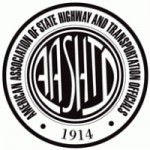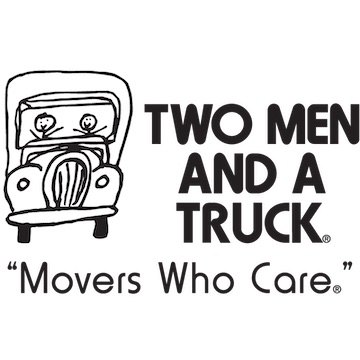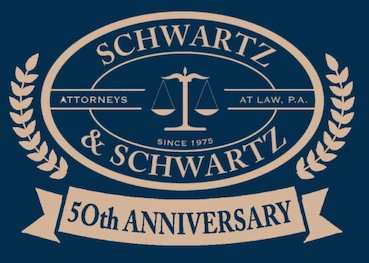Parallel Multi-Use Paths That Don’t Suck
One Small Step for AASHTO. One Giant Leap For Bicycling.
 One of these days, the very careful, cautious, deliberative and conservative American Association of State Highway and Transportation Officials (AASHTO), will finally release their long-awaited update of the Guide for the Planning, Design and Operation of Bicycle Facilities. The current Guide – which defines what can and can’t be built for bicycling in Delaware as far as DelDOT is concerned – has not been updated since 1999. Despite all the changes that have taken place in the last 12 years and the great examples of progressive engineering guides from CROW and NACTO, however, draft releases suggest that the updated AASHTO Guide will be an evolutionary rather than revolutionary document.
One of these days, the very careful, cautious, deliberative and conservative American Association of State Highway and Transportation Officials (AASHTO), will finally release their long-awaited update of the Guide for the Planning, Design and Operation of Bicycle Facilities. The current Guide – which defines what can and can’t be built for bicycling in Delaware as far as DelDOT is concerned – has not been updated since 1999. Despite all the changes that have taken place in the last 12 years and the great examples of progressive engineering guides from CROW and NACTO, however, draft releases suggest that the updated AASHTO Guide will be an evolutionary rather than revolutionary document.
As Archimedes pointed out, however, sometimes small changes can have surprisingly large effects. In this spirit, we draw our readers’ attention to the fundamental design challenge of “parallel” multi-use paths that share right-of-way with adjacent roads: driveways. The current (1999) AASHTO Guide offers little help. It notes that “[e]fforts to require or encourage bicyclists to yield or stop at each…driveway are inappropriate and frequently ignored by bicyclists” but indiscriminately groups driveways with roads in its discussion of path crossings. It refers in passing to “Right-of-way assignment” but does not explain how this should be done when a path crosses a driveway. But the new Guide appears poised – without making a big fuss about it – to take a very different approach to driveways:
February 2010 draft release of Guide: “Design driveways to reduce driver speeds and heighten awareness of path users. Strategies can include…keeping the path surface continuous across the driveway entrance, so that it is clear that motorists are crossing an area where the path user has the right of way…[emphasis added]”
Up to now, the parallel multi-use paths that have been built in Delaware have been nearly indistinguishable from sidewalks. When they are built in developed areas and frequently cross access driveways, at each intersection they dip down to the driveway, delivering the clear message to motorists (and path users) that motorists have the right of way in the driveway. The new Guide (if it retains the language of the earlier draft) will turn this 180° around and give us multi-use paths with unambiguous right-of-way assignment that will be popular with – and safe for – every class of cyclist.
Still not convinced? Sometimes a video is worth a million words (see first two minutes):





3 Responses
This is very true indeed. In 2004, I did a metric century (62 miles) in Martha’s Vineyard, 90% on multi-use path (MUP) facilities. Bicycles had right of way through driveways, and through street intersections the path was graded, colored, or and/or striped consistently and in a way that driver’s were well aware of us. While MUPs have certain drawbacks, they can be designed to minimize conflicts, maximize safety and usefulness.
That said, unless accompanied by bike lanes or signs, “in-alignment” MUPs should only be built when conditions call for it, i.e. along high speed or limited access arterials that serve as vital connectors.
Bottom line: What we need is for engineers to follow basic Cycletrack design guidelines when installing these MUPs.
Don’t be so quick to use the NACTO guide as a some sort of gold standard. While 95% of what is in that guide is great, there is 5% or so that is highly suspect. There are many members of the bicycle and pedestrian planning field that have real issue with bike boxes in particular and several other facilities that the guide claims to be superior.
To top it off, some (not all) of the references that NACTO uses to backup some its claims are VERY weak. The AASHTO guide will require facilities to be studied and vetted at a much higher standard then what NACTO used. For example, one of the prime arguments that defenders of the NACTO guide and bike boxes in particular said that “cyclists felt safer using bike boxes.” How quaint! Many people also feel safer riding on the sidewalk but we all know how that is actually much more dangerous.
With such spurious reasoning for bike boxes as a design solution, and a lack of peer reviewed evidence to back up some other claims, I’m afraid that NACTO tainted the rest of their bicycle facility design document.
As such, I look forward to the AASHTO guide. I just hope it is truly innovative.
Early drafts suggest that it will not be “innovative”. But that’s not the same thing as saying it won’t have some improvements. In addition to the great new guidance on multi-use path design at driveways, it looks like it will also include “bicycle boulevards”. This is a completely new bikeway type that is not even mentioned in the current (1999) Guide. That’s definitely a real advance and something to be grateful for.